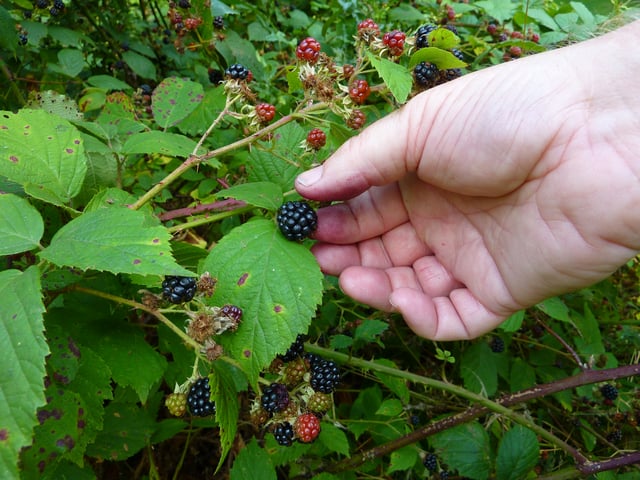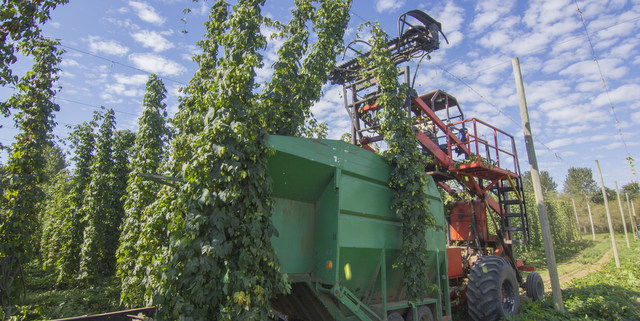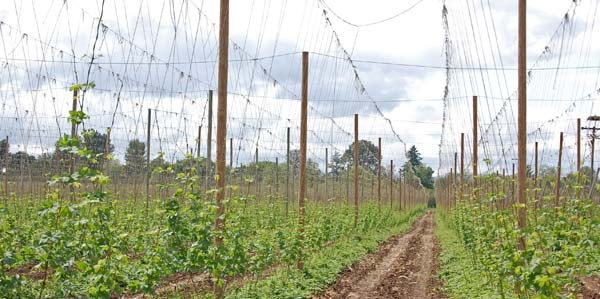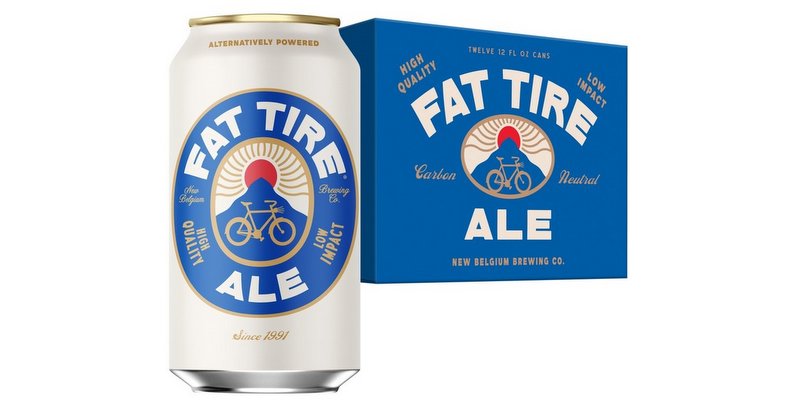
Local focus is a craft credo — supporting community organizations, brewing for core fans first in your neighborhood and (increasingly) utilizing ingredients that are made in the region. Rogue Farms is the perfect example of the latter. Rogue Ales and Spirits invests heavily in native and natural ingredients, like its hop farm in Willamette Valley (which is basically hop Shangri-La in Independence, Ore).
Rogue Ales and the like are leaders in locally sourced brewing, but there are some pioneering brewers that are pushing the envelope of native ingredients even further. The Wall Street Journal published an article last week on “foraged beer.” The idea here is to skip the agricultural middle man and use ingredients that grow naturally in the local environment to brew a beer or at least let those natural surroundings inspire you (pro tip: don’t use onions). We quote Todd Boera, one of the principal characters in the foraged beer scene, from The Wall Street Journal piece:
“I fell in love with the culture surrounding ramps [wild green onions], and I wanted to make a ramp beer, like cornbread with ramps.” So he brewed a corn-heavy cream ale with a local heritage strain, and aged it on the pungent foraged veggie. “The aroma was pretty unappealing,” he admits. “But only the people who grew up with ramps really connected to it. We probably won’t do that one again.”
Small brewers can make those kinds of mistakes — industrial-scale batches leave little room for error if something goes wrong. And so the micros of the micro are usually the ones pushing the envelope with foraged beers. It helps, too, when you only need to harvest enough ramps, say, for a three-barrel batch. Some of the smallest — nano? pico? — have joined a program called “Beers Made by Walking,” which is just what it sounds like. Started in Colorado Springs by Eric Steen, the organization invites brewers on nature hikes and challenges them to make a beer inspired by the plants found along the way.
While collecting enough local ingredients for even a small batch run might be a challenge, foraged beers could be a unique marketing tool to show your community spirit and environmental acumen. Of course, make sure it’s legal first.
Sometimes [brewers] pick the plants they find, but most often not — it’s not always legal, Steen says — but “it inspires what I call a sense of place.”
Here is some additional reading on the local ingredient movement.





Going into the forest to create a foraged craft beer? https://t.co/5EgCQKQEvb
Jim Sung liked this on Facebook.
Serge Lubomudrov liked this on Facebook.
The Girl & The Vine: HOPS liked this on Facebook.
Renee Gleason-Hoppe liked this on Facebook.
Go into the forest and create a foraged craft beer — now! https://t.co/AIBX9X72J1 via @craftbrewingbiz
RT @CraftBrewingBiz: Go into the forest and create a foraged craft beer. Do it now! @WSJ https://t.co/igXddgAna3
RT @CraftBrewingBiz: Go into the forest and create a foraged craft beer. Do it now! @WSJ https://t.co/igXddgAna3